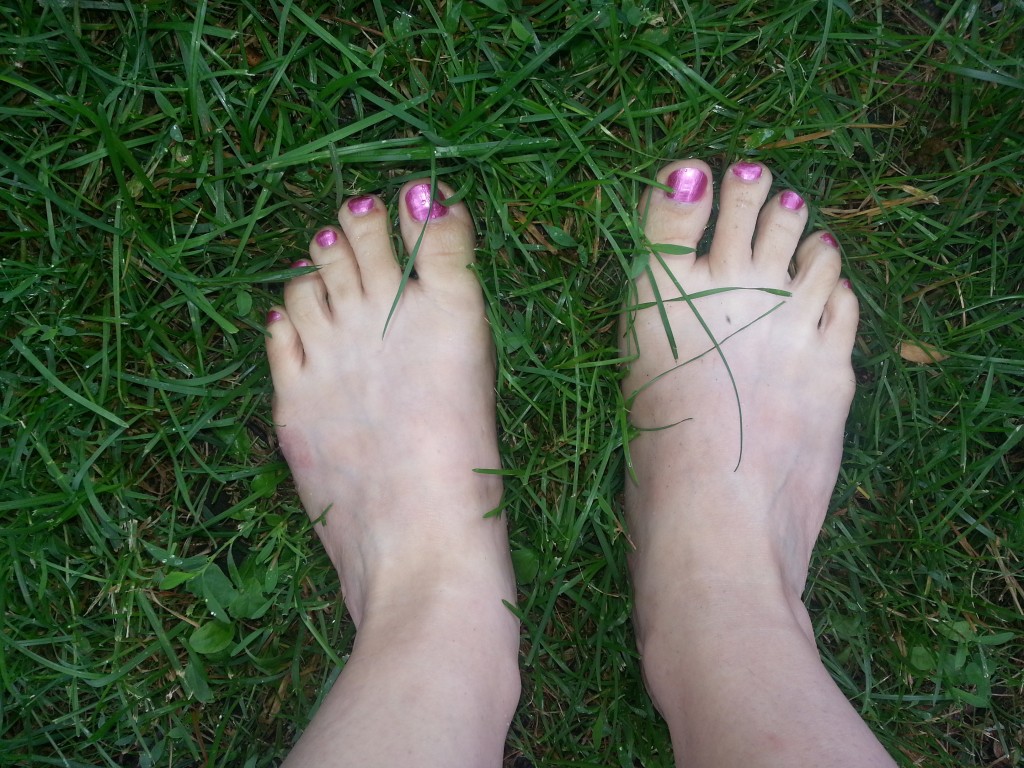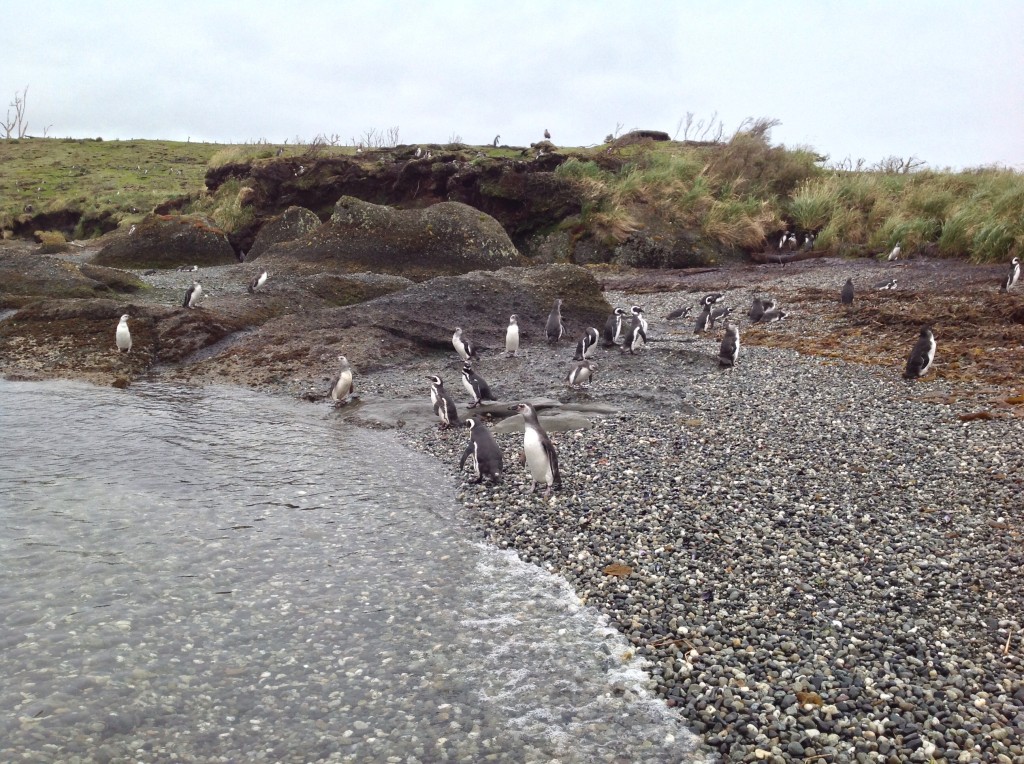I was initially resistant to using e-readers but once I made the switch in 2012 I was hooked. The decision to purchase an e-reader instead of another device that would allow me e-reading capabilities was determined based on the following reasons:
- I prefer the e-ink technology used for the screen. It’s easier on my eyes than backlit screens.
- I’m a bit old-fashioned and I like it that my e-reader is just a book. It doesn’t do anything else so I’m not distracted by notifications and beeping, nor am I tempted to leave my ebook to surf the web or check messages.
- The battery lasts for about 3 weeks on a single charge.
My first e-reader was from Sony and I loved it. It was easy to use and had buttons or screen swiping for navigating. Best of all I only needed one library account to borrow ebooks. After moving about a dozen times I started borrowing books from the library instead of buying them. I refused to change my reading habits and still borrowed ebooks even though I knew that “moving” ebooks wouldn’t involve packing and backbreaking labor.
I recently switched to a KoboGlo and was dismayed to learn that borrowing library ebooks was not nearly as easy. I had to to create an account with Kobo just to use the e-reader. Then I discovered the e-reader couldn’t link directly to my local library as the Sony e-reader had.
To borrow ebooks from my library I performed the following:
- Create login/password account to use Adobe Digital Editions (required)
- Download Adobe Digital Editions to access the ebook format
- Install Adobe Digital Editions on my computer
- Access my library overdrive account to borrow ebooks
- Download ebook into Adobe Digital Editions
- Connect KoboGlo to computer
- Add ebooks from Adobe Digital Editions to KoboGlo
I now have 2 additional accounts to manage, plus all the steps involved to get ebooks onto the e-reader (steps 4-7). However, if I had purchased books, I could have been reading on the KoboGlo within minutes of setting up the account.
Reading is one of my favorite hobbies. When I switched to digital I wanted the process of borrowing and reading to be just as easy as it was in print. Although I do love the e-reader for many reasons, I sometimes find myself getting frustrated with all the setup and accounts required to something as basic as reading a book.






